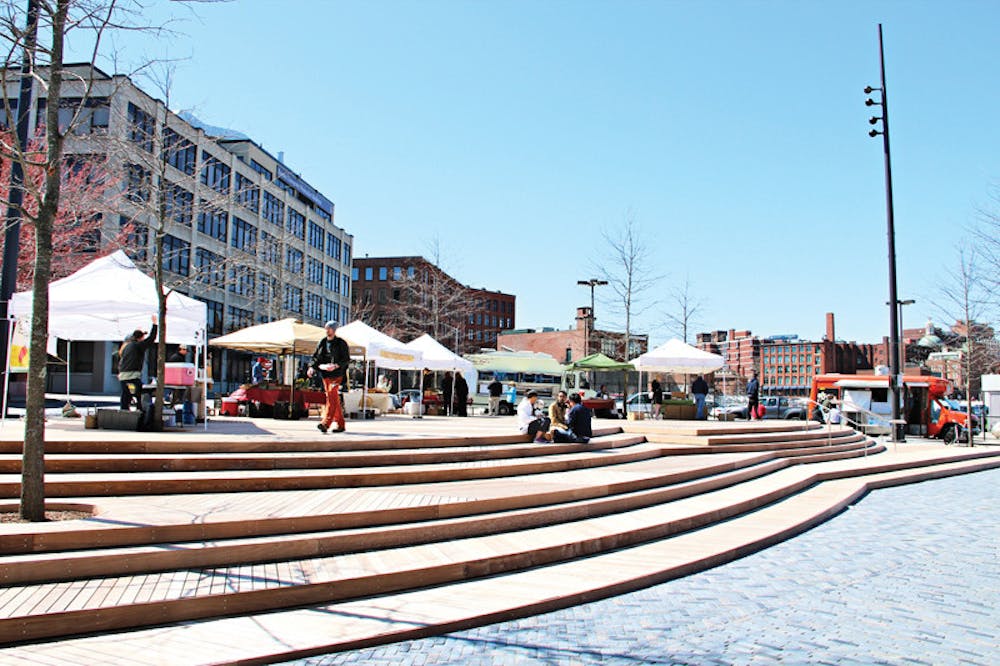Some residential neighborhoods in Providence do not have sidewalks, which is problematic, said Peter Asen, director of the Providence Healthy Communities Office, during the public forum Place Matters: Design for Population Health. The forum, which focused on the importance of creating infrastructure conducive to healthy communities, was hosted jointly by the School of Public Health and the Rhode Island School of Design.
The United States ranks 49th in the world when it comes to life expectancy, even though it spends the largest percentage of its gross domestic product on healthcare, said Richard Jackson, chair of the Department of Environmental Health Sciences at the University of California at Los Angeles. This may be in part because the country’s infrastructure does not facilitate healthy living styles among citizens, he said.
At the beginning of his keynote address, Jackson noted that his father died of polio when he was young. Growing up in poverty, “illness was the norm,” he said, and it was common for people to catch deadly diseases and die young.
The change in infrastructure over the last 50 years is one of the main reasons why diseases do not impact community health in the same way they used to, Jackson said. But despite declining disease rates, the United States is still not healthy enough, and certain infrastructure still needs improvement.
One issue with urban planning is overcrowding, Jackson said. Urban planners should create cities with a “good density,” which involves the right placement of vegetation and light. Designers should “make healthy choices easy,” Jackson added, noting that stairs that are beautifully designed can inspire people to use them rather than taking the elevator.
Jackson emphasized the influence of mayors when it comes to promoting better infrastructure. “Mayors are really important. I’ve given up on the United States government,” he joked.
At a panel discussion following the talk, Akilah Dulin-Keita, assistant professor of behavioral and social sciences at the School of Public Health, said she is working to improve infrastructure in poor communities to promote social change.
“We get to leave, but they have to stay,” she said of researchers working with community members, adding that community members must participate in infrastructure discussions.
Nadine Gerdts, senior critic in the Department of Landscape Architecture at RISD, talked about her work helping children change their school’s playground. Through planting bulbs in the yard, the students were able to “take ownership” over and appreciate their environment, she said.
Michael Fine, director of the Rhode Island Department of Health, said too many tax dollars are wasted and the government should spend more on improving infrastructure.
When an audience member asked about the increasing gentrification that usually occurs when infrastructure improves, Manuel Cordero, president and founder of DownCity Design, noted that all types of diversity — including race, gender and age — have to be taken into account to design neighborhoods that serve all residents.
Terrie Fox Wetle, dean of the School of Public Health, told The Herald that she wants this forum to lead to greater collaboration with RISD when it comes to improving community infrastructure.
Designers and public health professionals should collaborate in “rethinking the systems that are at work”, Gerdts told The Herald.

ADVERTISEMENT




